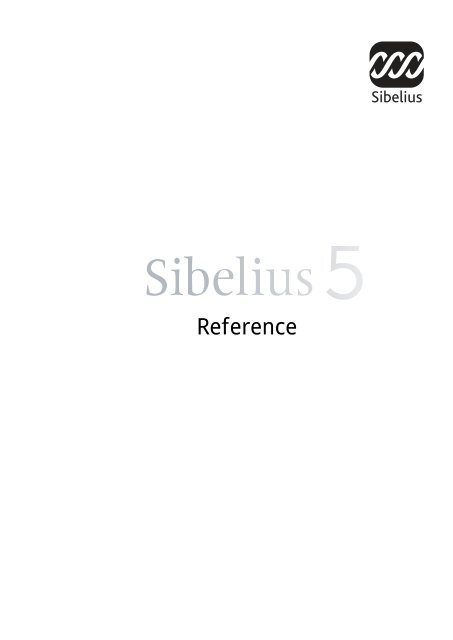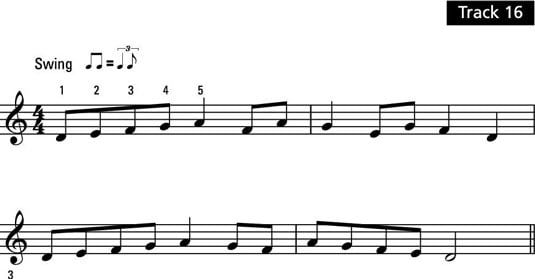
The bass and snare drums started the swing era as the main timekeepers, with the snare usually used for either lead-ins or emphasis on the second and fourth beats. Count Basie's style was sparse, played as accompaniment to the horn sections and soloists. Īs swing music developed, the role of the piano in the ensemble changed to emphasize accents and fills these were often played on the lead-in to the main beat, adding a punch to the rhythm. Swing piano also put the first and third beats a role anticipatory to the emphasized second and fourth beats in two-beat bass figures. The lead-in beats were not audible, but expressed in the motion of the left arm. Johnson, Fats Waller, and Earl Hines, used a bass note on the first and third beats, followed by a mid-range chord to emphasize the second and fourth beats. The "swing bass" left hand, used by James P. Chord patterns played in the rhythm of a dotted-eight-sixteenth couplet were characteristic of boogie-woogie playing (sometimes also used in boogie-woogie horn section playing). The piano was played with a variety of devices for swing. Similarly, the rhythm guitar was played with the lead-in beat in the player's physical rhythm but inaudible. Later, the lead-in note was dropped but incorporated into the physical rhythm of the bass player to help keep the beat "solid." During the early development of swing music, the bass was often played with lead-in-main-note couplets, often with a percussive sound. The instruments of a swing rhythm section express swing in different ways from each other, and the devices evolved as the music developed. It may be occasionally accented for phrasing or dynamic purposes. The "dah" anticipates, or leads into, the "DUM." The "dah" lead-in may or may not be audible. In most jazz music, especially of the big band era and later, the second and fourth beats of a 4/4 measure are emphasized over the first and third, and the beats are lead-in-main-beat couplets (dah-DUM, dah-DUM.). What is Swing? Perhaps the best answer, after all, was supplied by the hep-cat who rolled her eyes, stared into the far-off and sighed, "You can feel it, but you just can't explain it. When asked for a definition of swing, Fats Waller replied, "Lady, if you gotta ask, you'll never know." His contemporary Tommy Dorsey gave a more ambiguous definition when he proposed that "Swing is sweet and hot at the same time and broad enough in its creative conception to meet every challenge tomorrow may present." Boogie-woogie pianist Maurice Rocco argues that the definition of swing "is just a matter of personal opinion". Ha! Ha! White folks, yo'all sho is a mess." īenny Goodman, the 1930s-era bandleader nicknamed the "King of Swing", called swing "free speech in music", whose most important element is "the liberty a soloist has to stand and play a chorus in the way he feels it".


When jazz performer Cootie Williams was asked to define it, he joked, "Define it? I'd rather tackle Einstein's theory!" When Louis Armstrong was asked on the Bing Crosby radio show what swing was, he said, "Ah, swing, well, we used to call it syncopation-then they called it ragtime, then blues-then jazz. denotes music that really swings." The Jazz in America glossary defines swing as, "when an individual player or ensemble performs in such a rhythmically coordinated way as to command a visceral response from the listener (to cause feet to tap and heads to nod) an irresistible gravitational buoyancy that defies mere verbal definition."

Indeed, some dictionaries use the terms as synonyms: "Groovy.

Like the term " groove", which is used to describe a cohesive rhythmic "feel" in a funk or rock context, the concept of "swing" can be hard to define.


 0 kommentar(er)
0 kommentar(er)
